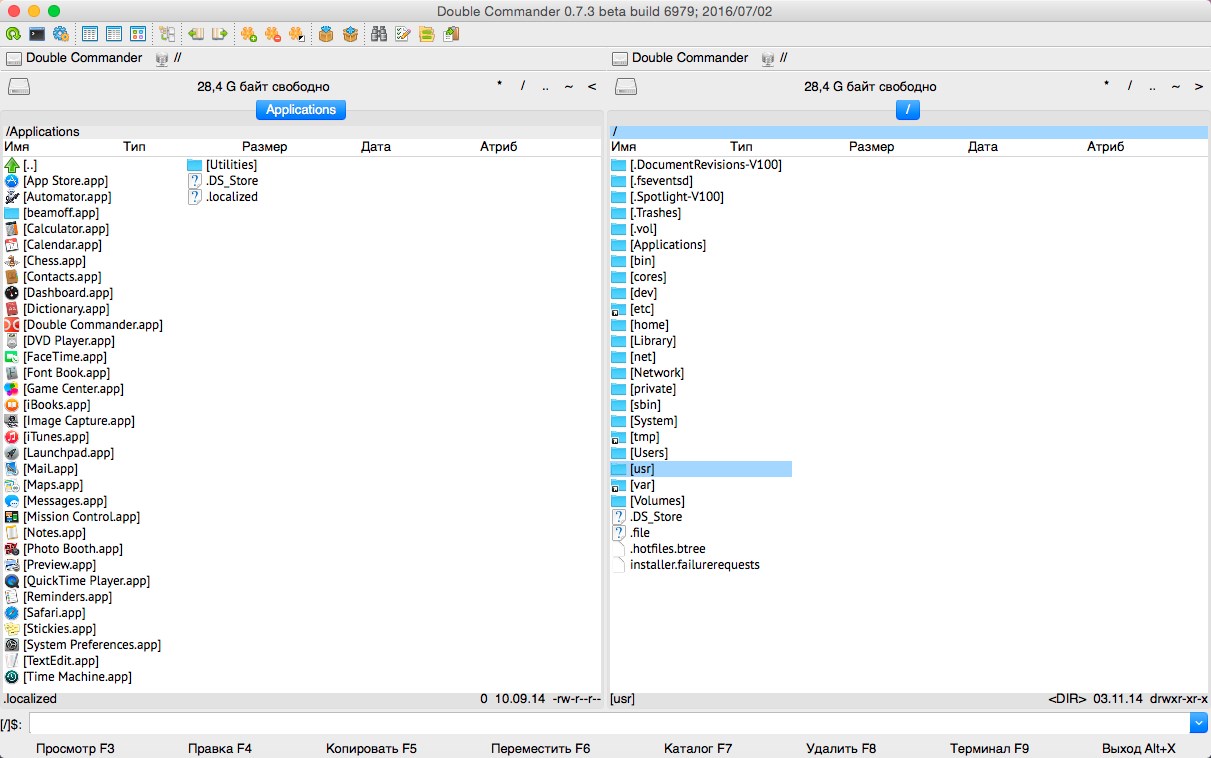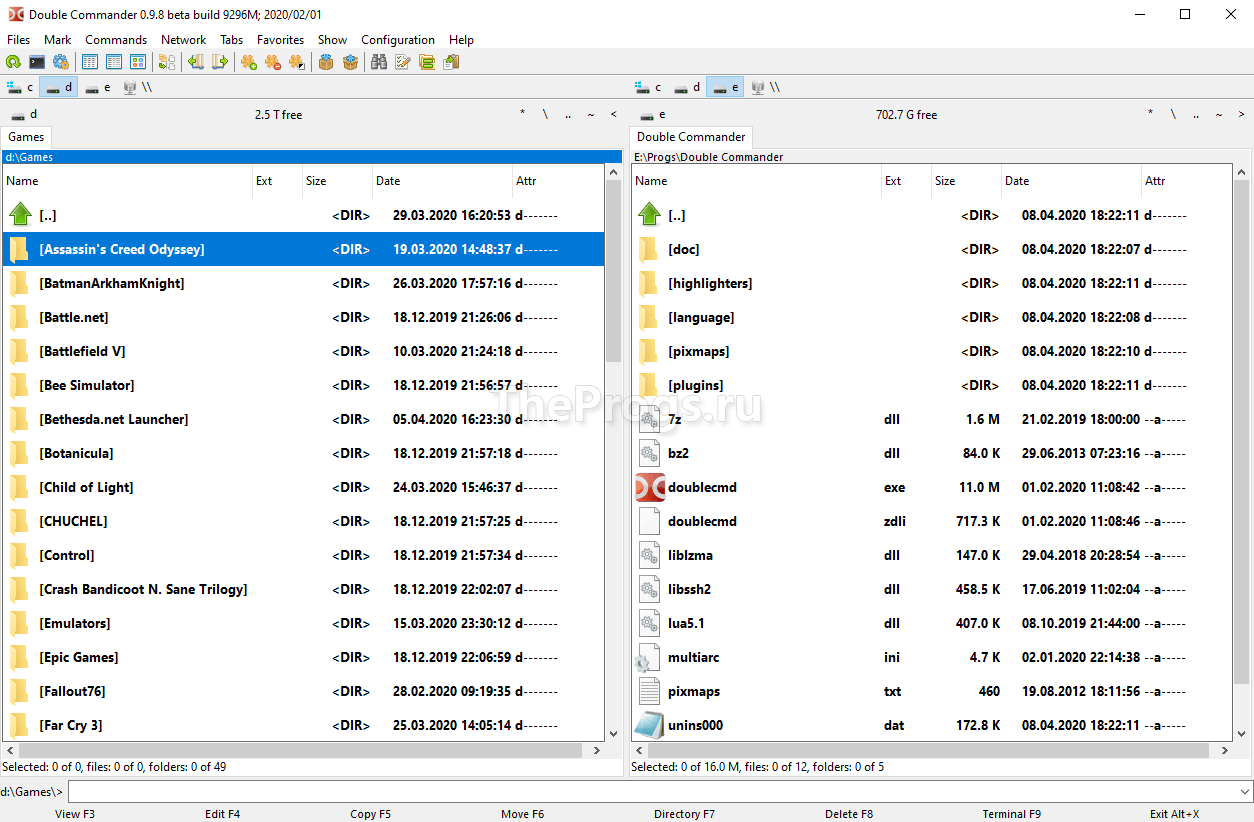

To find out the file’s permissions in numeric mode simply calculate the totals for all users classes. The permissions number of a specific user class is represented by the sum of the values of the permissions for that group. When 3 digits number is used, the first digit represents the permissions of the file’s owner, the second one the file’s group, and the last one all other users.Įach write, read, and execute permissions have the following number value: The NUMBER can be a 3 or 4-digits number. When using the numeric mode, you can set the permissions for all three user classes (owner, group, and all others) at the same time. The syntax of the chmod command when using numeric method has the following format: Give read, write and execute permission to the file’s owner, read permissions to the file’s group and no permissions to all other users: chmod u=rwx,g=r,o= filenameĪdd the file’s owner permissions to the permissions that the members of the file’s group have: chmod g+u filenameĪdd a sticky bit to a given directory: chmod o+t dirname The same thing can be also accomplished by using the following form: chmod og= filename Remove the read, write, and execute permission for all users except the file’s owner: chmod og-rwx filename Recursively remove the write permission for other users: chmod -R o-w dirname Remove the execute permission for all users: chmod a-x filename Give the members of the group permission to read the file, but not to write and execute it: chmod g=r filename
#Double commander for linux pictures how to#
When setting permissions for more than one user classes ( ), use commas (without spaces) to separate the symbolic modes.īelow are some examples of how to use the chmod command in symbolic mode: Use a single letter from the set u, g, and o when copying permissions from one to another users class. The permissions ( perms.) can be explicitly set using either zero or one or more of the following letters: r, w, x, X, s, and t. If no permissions are specified after the = symbol, all permissions from the specified user class are removed.

The first set of flags ( ), users flags, defines which users classes the permissions to the file are changed. The chmod command takes the following general form:Ĭhmod perms… FILE. When the sticky bit is set on a directory, only the file’s owner, the directory’s owner, or administrative user can delete or rename the files within the directory. If found in the others triplet it sets the sticky bit. When the setgid flag is set on a directory the new files created within it inherits the directory group ID (GID), instead of the primary group ID of the user who created the file. If found in the group triplet it sets the setgid bit. If found in the user triplet, it sets the setuid bit. The directory’s contents cannot be altered. You can list files inside the directory with ls The directory’s contents cannot be shown. In the example above ( rw-r-r-) means that the file owner has read and write permissions ( rw-), the group and others have only read permissions ( r-).Įach of the three permission triplets can be constructed of the following characters and have a different effects, depending on whether they are set to a file or to a directory: The permissions can have a different meaning depending on the file type. The first triplet shows the owner permissions, the second one group permissions, and the last triplet shows everybody else permissions. The next nine characters represent the file permissions, three triplets of three characters each. It can be a regular file ( -), directory ( d), a symbolic link This concept allows you to specify which users are allowed to read the file, write to the file, or execute the file.įile permissions can be viewed using the lsĬommand: ls -l filename.txt -rw-r-r- 12 linuxize users 12.0K Apr 8 20:51 filename.txt There are three file permissions types that apply to each class: In Linux, each file is associated with an owner and a group and assigned with permission access rights for three different classes of users:įile ownership can be changed using the chown Linux File Permissions #īefore going further, let’s explain the basic Linux permissions model. This tutorial covers how to use the chmod command to change the access permissions of files and directories. This ensures that only authorized users and processes can access files and directories. In Linux, access to the files is managed through the file permissions, attributes, and ownership.


 0 kommentar(er)
0 kommentar(er)
